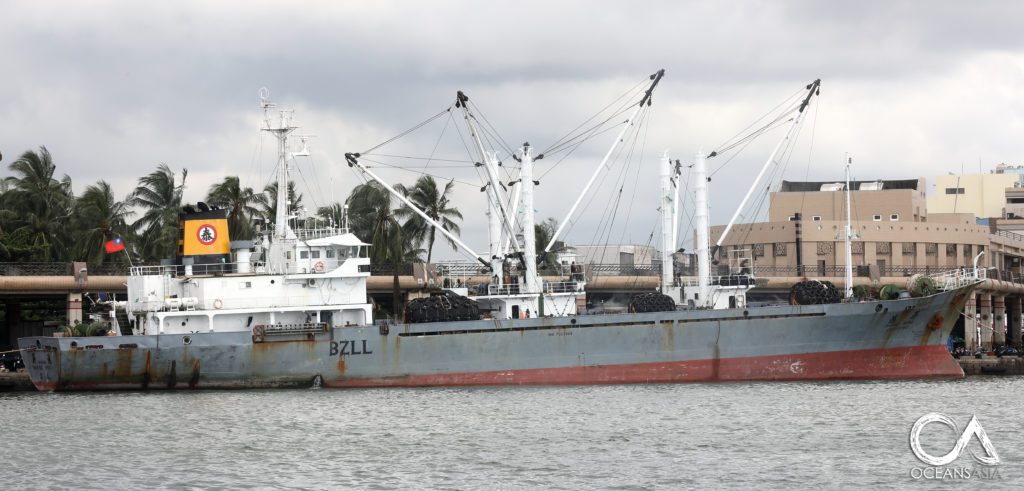Operation REECON WOLF: Giving A Face To A Name!
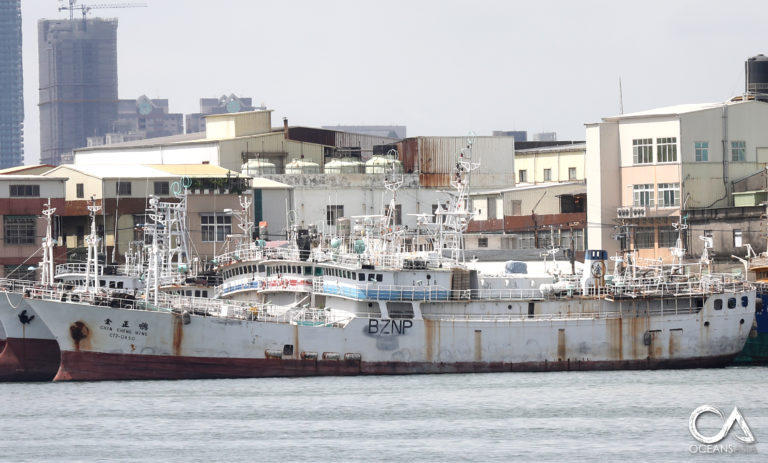
A Picture Is Worth More Than A Thousand Words.
An integral part of Operation REECON WOLF is to help our partners at Marine Traffic build their photo database of vessels. Fishing vessels at sea are unscrupulous and often go out of their way to hide their true identity. Ships change names and flags as and when it suits the captain or company, often to avoid detection when engaged in illegal activities. The Marine Traffic website and others like it are valuable tools for NGO’s and law enforcement authorities at sea, however many fishing vessels do not have a photograph attached to their profile, meaning law enforcement agencies may mis-identify the vessels.
We have heard of cases where fishing companies apply and receive a LEGAL fishing permit to fish in a countries EEZ (Exclusive Economic Zone). They then dispatch multiple fishing vessels to the country all carrying the same name and a copy of the fishing permit, ensuring they keep the vessels as far apart as possible to evade detection and blowing their cover. In developing nations that may have limited resources/patrol capabilities and untrained law enforcement/fisheries officers, these fishing companies get away with stripping a country of its natural resources, robbing a nation of not only income but a key food source for the local population as well as destroying an eco-system purely for their greed.
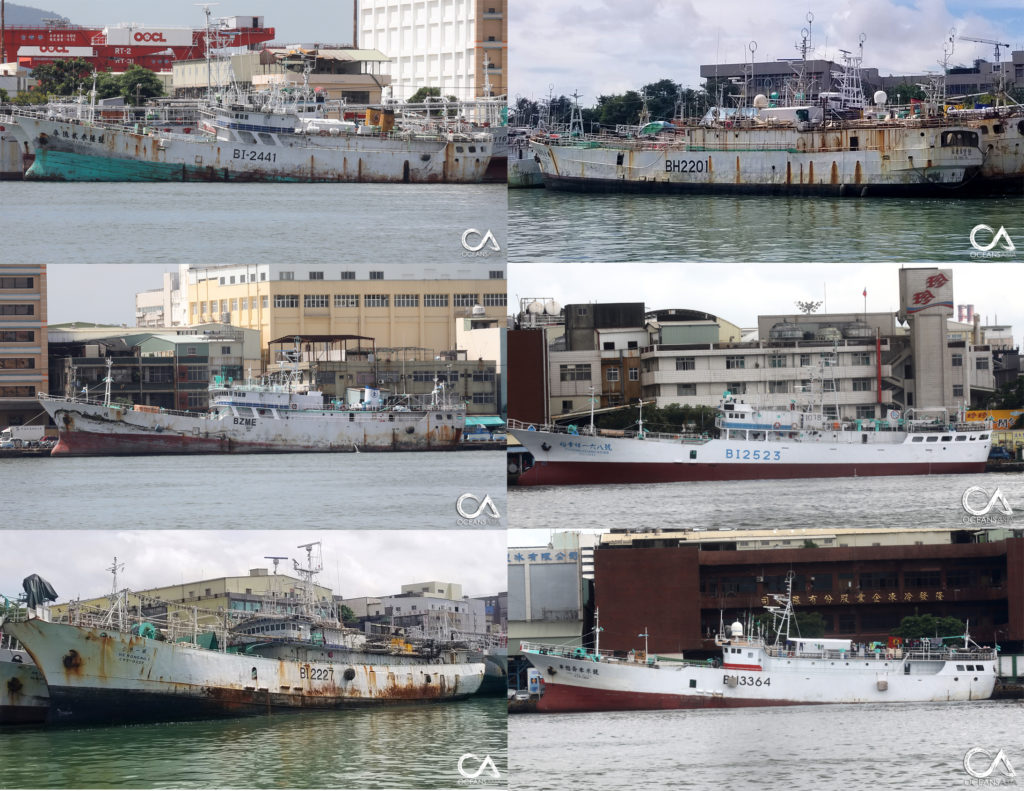
Reefers – A Traceability Nightmare
Many of these fishing vessels stay at sea for prolonged periods of time so that they can maximize their time on a location fishing. Fishing companies achieve this by employing “reefers” (refrigerated cargo ships) that head out and rendezvous with fishing vessels on the high seas to collect their catch, replenish the fishing vessels with food, fuel and even crew. This opens up a can of worms in terms of traceability of catch as well as enables slavery at sea cases, where crew cannot get off their ‘prison fishing vessels’. What this also means is that anything caught and transported by a reefer falls under the “Introduction From The Sea” and all catch is considered landed at the reefers destination port. This means that international protection such as CITES is bypassed as endangered species are landed in the destination market country. eg: Long-liners catching Hammerhead Sharks off the coast of Africa would land their catch in say China or Taiwan and these sharks would be considered landed there, avoiding the need to ship from Africa which would require a CITES permit for export.
Whilst the world talks about “Sustainable Seafood” the majority of seafood is untraceable and much of this is due to the use of “reefer” ships.
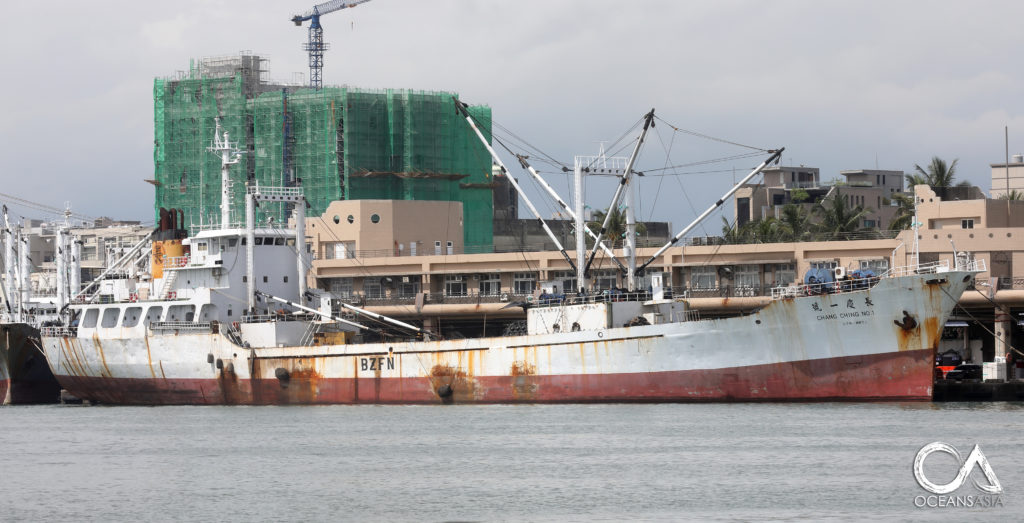
The Importance of Ship ID Photos
Whilst you can very quickly change a vessels name and flag, you cannot change the vessels look. A ships superstructure has unique identifying marks. The number of windows on the bridge for example, ships masts and communication arrays or shapes of funnels cannot easily be changed at sea. Painting a vessel a completely different colour will only hide it so long.
We would like to request our supporters living near a port to start taking photos of all vessels and either uploading directly to Marinetraffic.com or sending them to us.
Marine Traffic has the following requirements for uploaded photos;
Size
- Photo resolution should be the highest possible. The original size of the photo is preferable. In any case the minimum photo size that can be uploaded is 800×600 pixels.
- JPEG files up to 12MB are acceptable.
- Please try keeping the aspect ratio to less than 3:2.
Photo quality
- Upload photos which are correctly focused and exposed with appropriate camera settings and lighting.
- Over-enhanced photos that might e.g. change the colour of the vessel are not acceptable.
Content
- The whole ship must be clearly shown on the photo.
- The ship must be identifiable within the photo frame and not too small/distant. You should crop large empty areas of the photo before uploading.
- Foreground obstructions must not restrict the view of the ship.
- Ensure that the horizon is level. Use photo editing tools to correct the photo alignment and other parameters.
- Photos with identifiable people will be deleted.
Multiple photos
- Do not upload multiple photos of the same view/angle of the ship. The shooting angle must change by a minimum of 30 degrees between photos taken within minutes of each other.
- The maximum number of photos that can be uploaded by one user for a specific asset (vessel/port/marina/light) is 5 photos within a period of 6 months. After exceeding this limit, the uploads will fail for the specific asset.
Metadata
- Please try to always include the date and location of the photo
